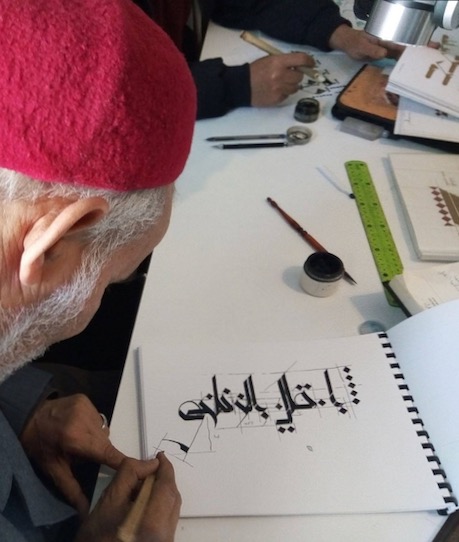Editing FAQs: What are editing styles authors can use for their book manuscripts?
As we’ve explained in an earlier column, your book manuscript needs copy editing. But before copy editors begin the process of going through a manuscript line by line, they need to establish a set of ground rules to make sure they’re on the same page with the author and each other. Otherwise, authors can wind up frustrated by the changes they will see in their manuscript—and two editors reviewing each other’s work will disagree on changes that the other considers correct.
That’s why selecting an appropriate editing style is a vital step in production.
What Are Editing Styles
for Manuscripts?

Long before Gutenberg introduced an effective system of moveable type in 1439, the monastic scriptoria across Europe—and the Muslim and Asian calligraphers to the East—regularly made slight adaptations to the works they were reproducing to help their readers in each new generation. The few wealthy families who collected the earliest books could tell where new books originated by their distinctive styles. And, as you can see in this ReadTheSpirit magazine Cover Story, they were followed by centuries of editors who felt free to improve
on the works they were preparing for publication—even the plays of the great William Shakespeare! No one has written a definitive history of editing styles—but clearly most avid readers throughout the last millennium expected that their books would be adapted by editors following various regional or popular styles.
Today, there is a long list of English editing styles. They vary, sometimes significantly, and determine the correct editing procedure for everything from comma placement to bibliography formatting and correct capitalization.
What Editing Style Does Front Edge Publishing Follow?
Professionals at our Front Edge Publishing house follow a modified Associated Press (AP) style, because those guidelines provide the smoothest reading experience for the millions of Americans who are used to reading AP-edited stories every day in newspapers, magazines and smartphone news feeds.
Front Edge Publishing editors are trained and have experience with a variety of other styles as well, including MLA, APA and Chicago style. The most appropriate style for a given book is determined by the author’s intent, as expressed in their manuscript, the genre or audience of the book and specific requests.
After an appropriate style is selected, editors may also choose to enact specific exceptions just for that book’s in production. These can include formatting and style guidelines that would not normally be applied during copy editing, but could help to bring out the author’s particular message. These notes can be as simple as a reminder to print all block quotes in italics to help set apart particular passages, or as specific as capitalizing a particular word or phrase that would normally be printed in lowercase because it’s especially important to the message of the book.
Style guides can also include considerations for medium-complexity exceptions. These cases might arise in books about particular ethnic, cultural or religious traditions.
Making sure the correct style is selected before copy editing begins saves time and helps the author rest easy knowing their manuscript is treated consistently and correctly.